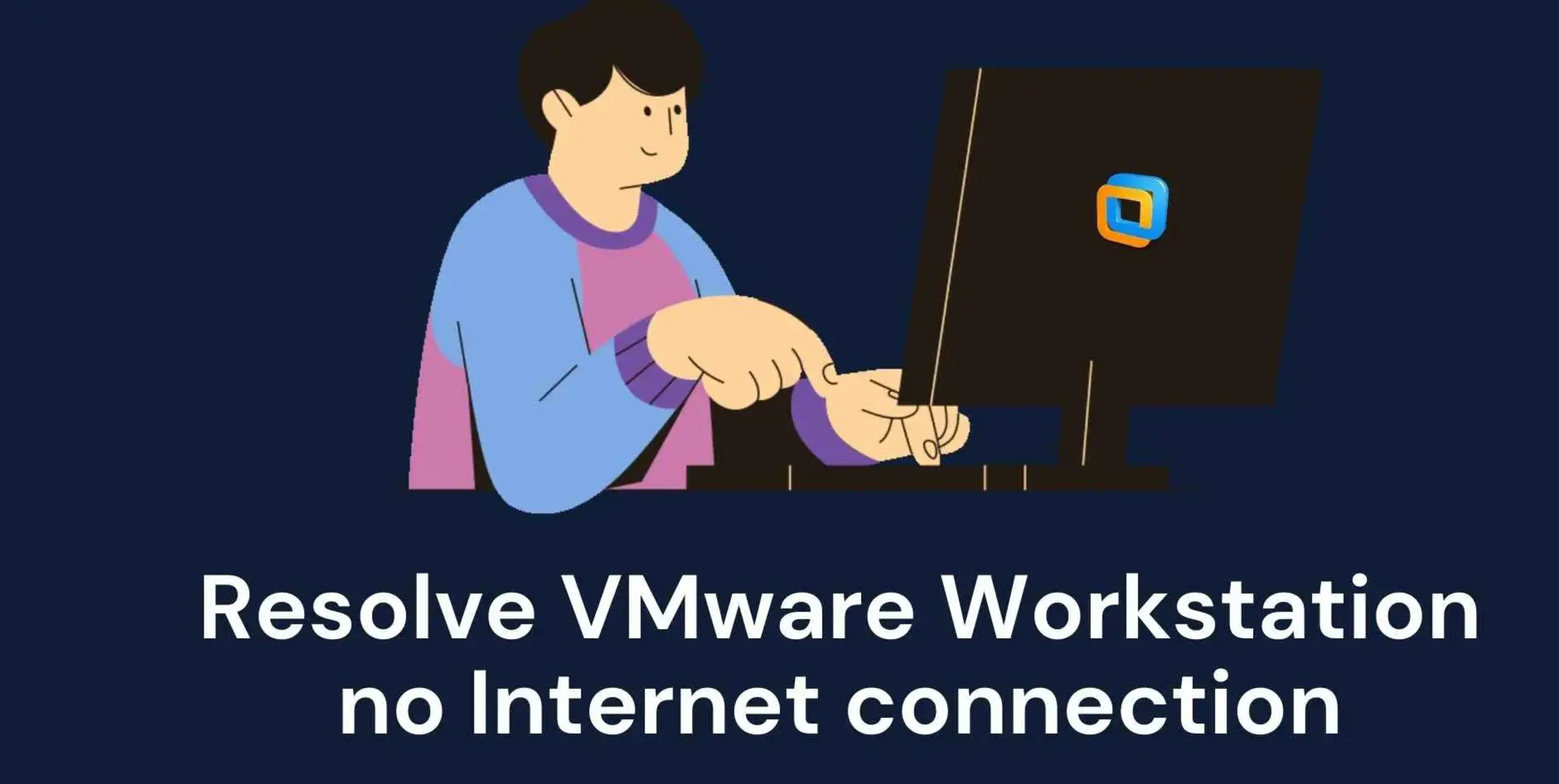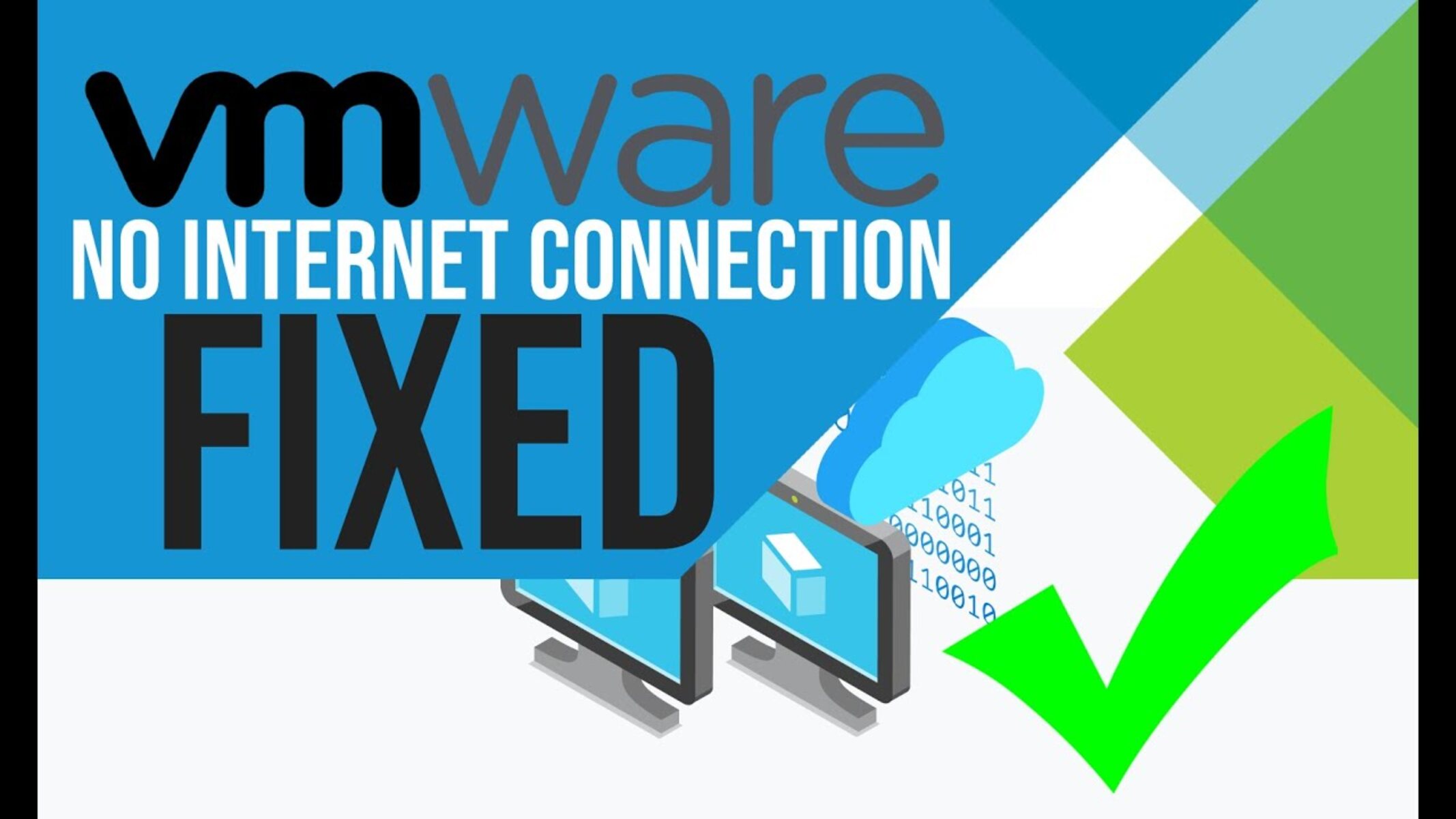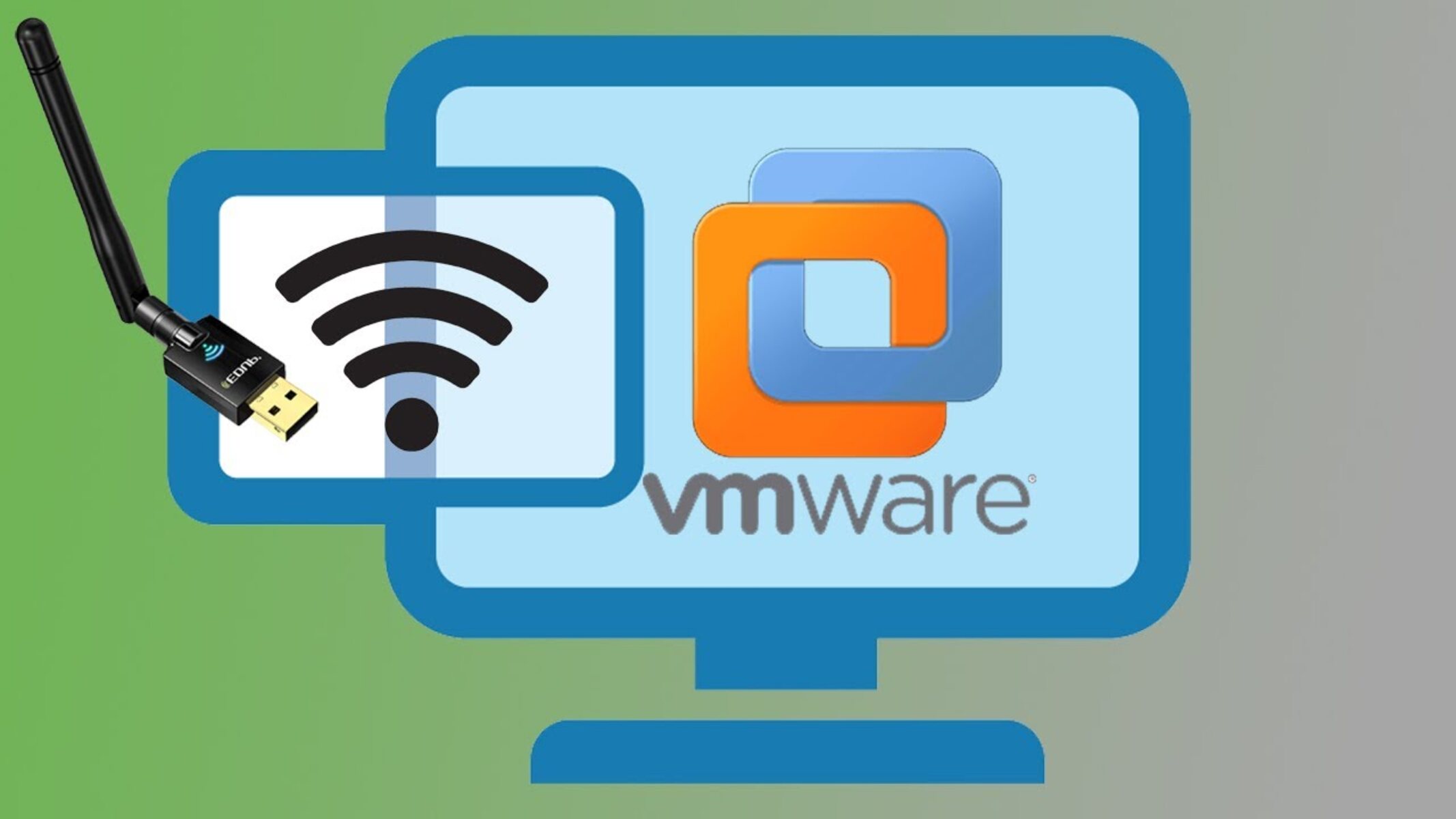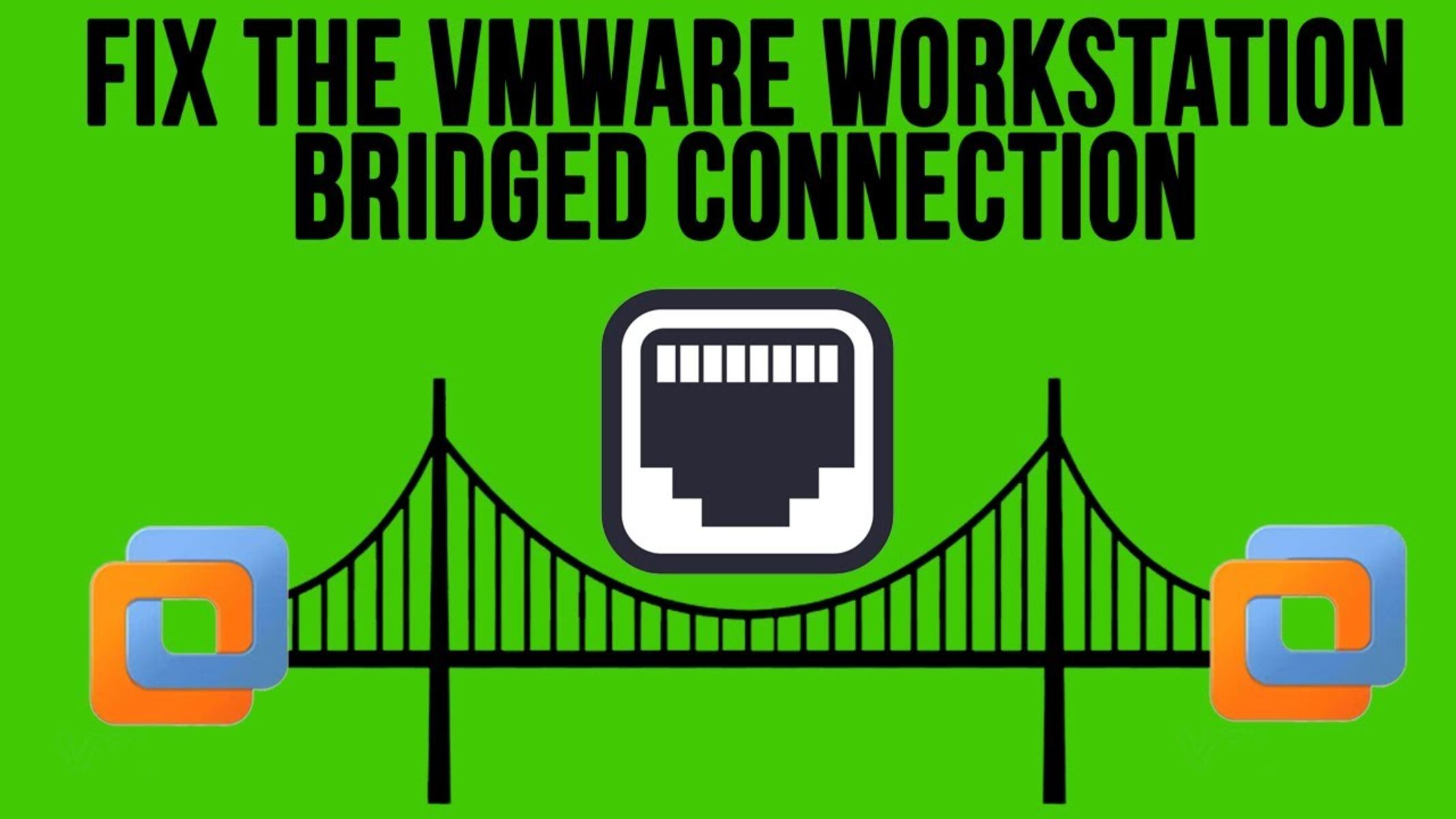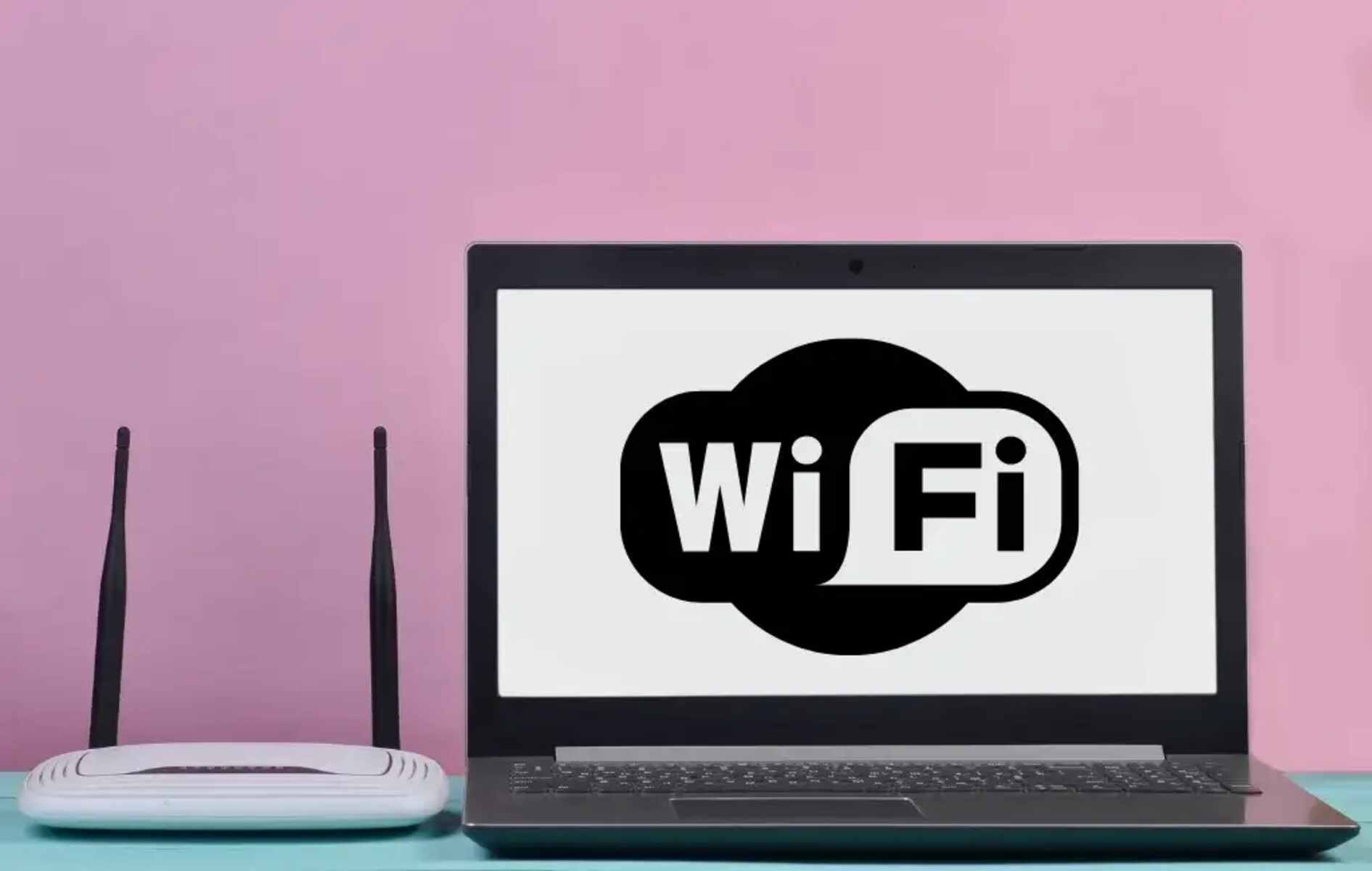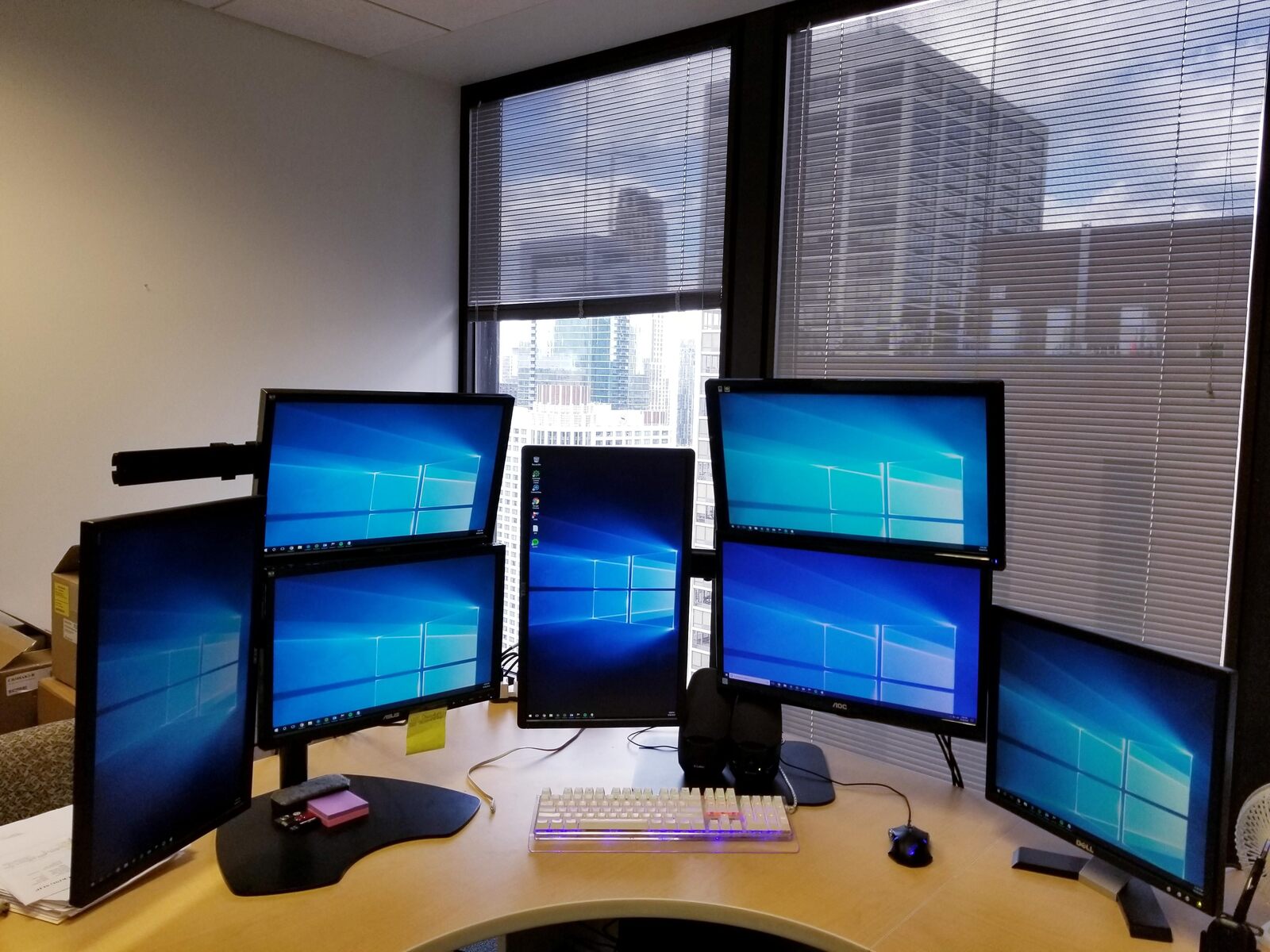Introduction
Welcome to the guide on how to enable internet connection in VMware Workstation. VMware Workstation is a powerful virtualization software that allows users to create and run virtual machines on their computers. Virtual machines are isolated environments that replicate the functionality of a physical computer, enabling users to install and run different operating systems and applications within them.
When working with virtual machines in VMware Workstation, it is crucial to have an internet connection within the virtual environment. Having internet access allows you to download and install software, update operating systems, access online resources, and perform various tasks that require an internet connection.
However, setting up the internet connection in VMware Workstation may require some configuration steps. This guide will walk you through the process of enabling internet connectivity in your virtual machine.
Please note that the steps mentioned in this guide may vary depending on the version of VMware Workstation you are using. Nevertheless, the general concepts and principles discussed here should apply to most versions of VMware Workstation.
By the end of this guide, you will be able to configure your virtual machine in VMware Workstation to establish a stable and reliable internet connection, improving your overall virtualization experience. So without further ado, let’s get started!
Setting Up the Virtual Network Adapter
The first step in enabling an internet connection in VMware Workstation is setting up the virtual network adapter. The virtual network adapter acts as a bridge between the physical network adapter of your computer and the virtual machine, allowing the virtual machine to access the host computer’s network connection.
To set up the virtual network adapter, follow these steps:
- Open VMware Workstation and select the virtual machine for which you want to enable internet connectivity.
- Click on “Edit virtual machine settings” to access the virtual machine’s settings.
- In the settings window, click on the “Network Adapter” option.
- In the Network Adapter settings, select the appropriate network connection option. You can choose to use your computer’s network connection or configure a custom network connection.
- If you are using your computer’s network connection, make sure the “Bridged” option is selected. This option allows the virtual machine to share the host computer’s IP address and connect to the network as if it were a physical machine on the network.
- If you are configuring a custom network connection, select the appropriate option based on your network setup. VMware Workstation offers several network connection types, including NAT, host-only, and custom settings.
- Once you have selected the desired network connection, click on “OK” to save the changes.
By setting up the virtual network adapter, you have established the connection between the virtual machine and the host computer’s network. However, we still need to configure the network settings within the guest operating system of the virtual machine to enable internet access.
In the next section, we will explore how to configure the network settings in the guest operating system to establish a working internet connection.
Configuring the Virtual Machine Settings
After setting up the virtual network adapter, the next step in enabling internet connection in VMware Workstation is configuring the virtual machine settings. These settings determine how the virtual machine interacts with the network and the host computer.
To configure the virtual machine settings, follow these steps:
- Select the virtual machine in VMware Workstation and click on “Edit virtual machine settings.”
- In the virtual machine settings window, click on the “Options” tab.
- Under the “Options” tab, select the “Guest Isolation” category.
- In the guest isolation settings, make sure the “Enable the use of all network adapters” option is checked. This enables the virtual machine to use the configured virtual network adapter for internet access.
- If you are using multiple network adapters on your host computer, you can select specific adapters to be used by the virtual machine.
- Scroll down to the “Advanced” options and click on the “Edit Configuration” button.
- In the advanced configuration window, verify that the “Virtual Machine Communication Interface” (VMCI) is enabled. VMCI allows communication between the host operating system and the guest operating system within the virtual machine.
- Click on “OK” to save the changes and close the virtual machine settings window.
By configuring the virtual machine settings, you have ensured that the virtual machine can utilize the virtual network adapter and establish communication with the host computer and the network. However, there are additional steps needed to configure the network settings within the guest operating system for internet connectivity.
In the next section, we will explore how to configure the network settings in the guest operating system to enable a working internet connection.
Configuring the Network Settings in the Guest Operating System
Once you have set up the virtual network adapter and configured the virtual machine settings in VMware Workstation, the next step is to configure the network settings within the guest operating system. This will allow the virtual machine to establish a connection to the internet and access online resources.
The exact steps for configuring the network settings may vary depending on the guest operating system you are using. However, the general process remains similar across different operating systems. Here is a general guideline:
- Start the virtual machine and log in to the guest operating system.
- Open the network settings or network connections settings in the guest operating system. This can usually be found in the control panel or system preferences.
- Select the network adapter or network connection that corresponds to the virtual network adapter you have configured in VMware Workstation.
- If the network adapter is not enabled, enable it. In some cases, you may need to install or update the drivers for the network adapter.
- Configure the network settings, including the IP address, subnet mask, default gateway, and DNS settings. These settings can either be obtained automatically (through DHCP) or configured manually.
- If you are using DHCP, make sure the option to obtain an IP address automatically is selected.
- If you are configuring the network settings manually, enter the appropriate IP address, subnet mask, default gateway, and DNS server addresses based on your network configuration.
- Save the network settings and restart the guest operating system if prompted.
Once the guest operating system has restarted, it should be able to connect to the internet using the configured network settings. You can test the internet connection by opening a web browser and visiting a website.
If the internet connection is not working, you may need to troubleshoot further or check for any additional network configuration requirements specific to your guest operating system.
In the following section, we will discuss some troubleshooting tips to help you resolve any potential issues with the internet connection in VMware Workstation.
Testing the Internet Connection
After configuring the network settings in the guest operating system, it’s important to test the internet connection to ensure that everything is functioning properly. This will allow you to verify that the virtual machine is successfully connected to the internet and can access online resources.
Here are some steps you can follow to test the internet connection in VMware Workstation:
- Open a web browser within the guest operating system of the virtual machine.
- Visit a website of your choice. This could be a popular search engine like Google, or any website with which you are familiar.
- Check if the website loads successfully and if you are able to browse different web pages.
- Try accessing other online resources such as online videos or cloud-based applications to ensure a stable and reliable internet connection.
- If you encounter any issues or errors while browsing the internet, double-check the network settings in the guest operating system to ensure they are correctly configured.
- Verify that the virtual network adapter in VMware Workstation is properly connected and bridged to the host computer’s network connection.
- If necessary, restart the virtual machine and repeat the testing process.
If you are able to successfully browse the web and access online resources, congratulations! Your virtual machine is now connected to the internet and ready for use.
However, if you are still experiencing issues or are unable to establish an internet connection, do not worry. In the next section, we will discuss some troubleshooting tips to help you resolve any potential issues with the internet connection in VMware Workstation.
Troubleshooting Tips
While setting up and testing the internet connection in VMware Workstation, you may encounter some issues that prevent the virtual machine from establishing a stable connection. Here are some troubleshooting tips to help you resolve common internet connectivity problems:
- Check the network settings in the guest operating system: Ensure that the network settings, including the IP address, subnet mask, default gateway, and DNS server addresses, are correctly configured. Double-check for any typos or incorrect values that may be causing the connection problem.
- Verify the virtual network adapter settings: Go back to the VMware Workstation settings and confirm that the correct virtual network adapter is selected and properly configured. You may need to restart the virtual machine after making any changes to the adapter settings.
- Restart the network services: Restarting the network services in the guest operating system can sometimes help resolve connectivity issues. This can be done by either restarting the virtual machine or specific network services within the operating system.
- Ensure the host computer’s network connection is stable: If the host computer’s network connection is experiencing issues, it can impact the virtual machine’s internet connectivity. Check the host computer’s network settings and troubleshoot any connection problems that may be affecting the virtual machine.
- Disable any firewall or security software: Firewalls or security software on the guest operating system, host computer, or network might block the virtual machine’s access to the internet. Temporarily disabling these security measures can help identify if they are causing the problem.
- Update VMware Workstation and guest operating system: Keeping both VMware Workstation and the guest operating system updated can help resolve compatibility issues and bugs that may affect the network connectivity. Check for any available updates and install them if necessary.
- Consult VMware documentation and forums: VMware provides comprehensive documentation and support forums where you can find information and solutions specific to your version of VMware Workstation. Check these resources for any known issues or troubleshooting guides relevant to your situation.
By following these troubleshooting tips, you can diagnose and resolve most common internet connectivity issues in VMware Workstation. However, if the problem persists or you encounter more complex issues, it may be necessary to seek assistance from VMware support or consult with IT professionals who have experience with virtualization.
Now that you have a better understanding of troubleshooting techniques let’s conclude this guide on how to enable internet connection in VMware Workstation.
Conclusion
Enabling internet connection in VMware Workstation is an essential step to fully utilize the capabilities of virtual machines. By following the steps outlined in this guide, you can configure the virtual network adapter, set up the virtual machine settings, configure the network settings in the guest operating system, and test the internet connection to ensure everything is working as expected.
Remember that the specific steps and options may vary depending on the version of VMware Workstation you are using and the guest operating system you have installed. It is essential to refer to the official documentation and resources provided by VMware for accurate and up-to-date information.
By successfully enabling internet connection in your virtual machine, you can conveniently access online resources, perform software updates, and carry out various tasks that require an internet connection. This opens up a world of possibilities for testing, development, and running different operating systems and applications within your virtual environment.
If you encounter any issues during the setup process or face challenges with troubleshooting, do not hesitate to seek assistance from VMware support or consult relevant documentation and forums. The VMware community is vast and knowledgeable, providing valuable insights and solutions to ensure a smooth virtualization experience.
Now that you have the knowledge and skills to enable internet connection in VMware Workstation, you can maximize the potential of your virtual machines and explore new possibilities in the world of virtualization!







